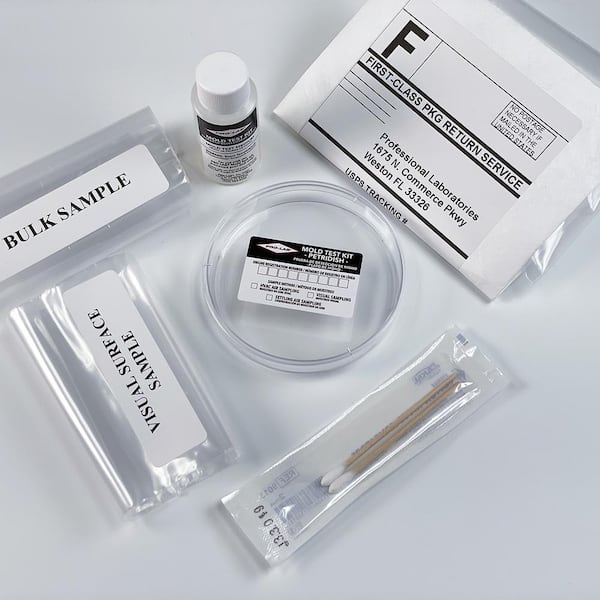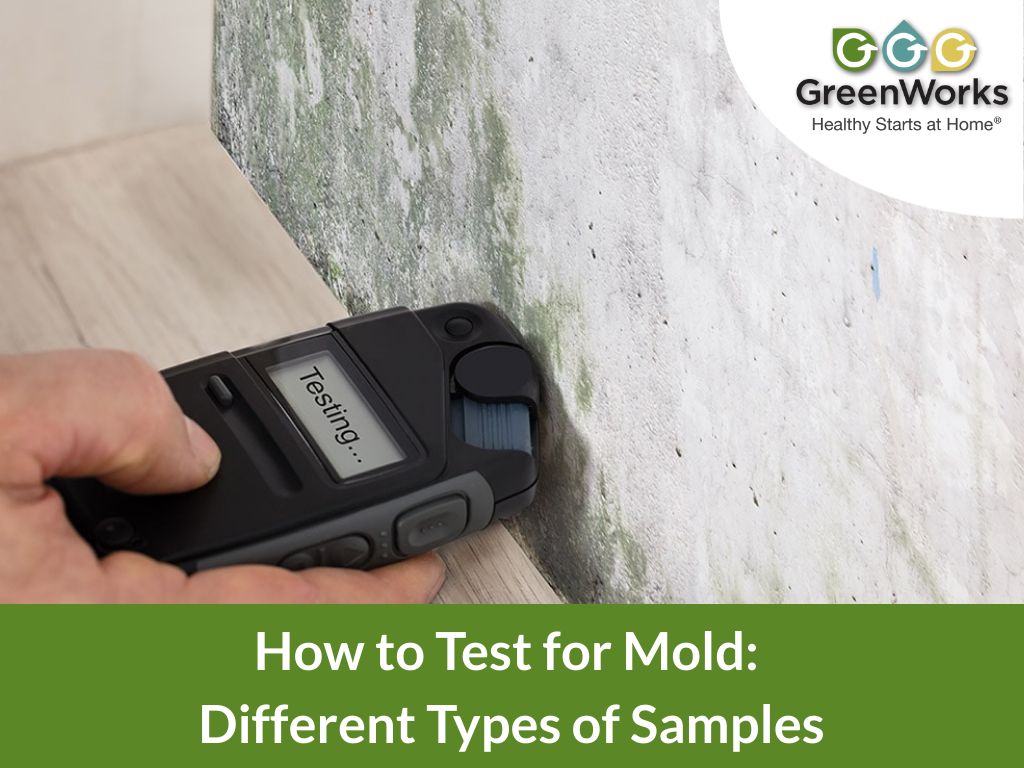Mycotoxin testing Services: Guaranteeing Top Quality and Security in Your Supply Chain
Mycotoxin testing Services: Guaranteeing Top Quality and Security in Your Supply Chain
Blog Article
Just How Mycotoxin Screening Aids Prevent Contamination and Guard Food Products

Mycotoxin screening is a vital method in the food market, working as a frontline protection versus contamination by dangerous contaminants created by mold and mildews. Through the application of innovative techniques like High-Performance Liquid Chromatography (HPLC) and Liquid Chromatography-Mass Spectrometry (LC-MS), food manufacturers can accurately evaluate and spot mycotoxin degrees in farming items. This positive technique not just makes sure compliance with rigorous safety policies however additionally minimizes health and wellness dangers to consumers. Furthermore, normal testing fortifies brand name online reputation and financial health and wellness by lowering contamination-related incidents. So, just how precisely do these screening methods integrate into the wider food security method?
Understanding Mycotoxins
Understanding mycotoxins starts with identifying that they are harmful second metabolites created by particular molds, which can infect farming items. These metabolites are not crucial for the development or recreation of the fungis yet can have severe ramifications for human and animal health. Mycotoxins are typically located in staple crops such as corn, wheat, barley, and nuts, where they can proliferate under particular problems of dampness and temperature.
There are a number of types of mycotoxins, each created by various fungal types. Fusarium varieties generate trichothecenes and fumonisins, both of which are linked with numerous severe and chronic health problems.

Risks of Mycotoxin Contamination
The risks of mycotoxin contamination are complex, positioning considerable risks to both food safety and public health and wellness. Mycotoxins, hazardous substances created by specific kinds of fungis, can pollute a wide variety of agricultural products including grains, nuts, spices, dried out fruits, and coffee.
Economic impacts are another significant problem. Infected plants can cause substantial financial losses for farmers and food producers because of reduced returns and the demand for expensive purification actions. Moreover, international trade can be dramatically prevented as countries apply strict mycotoxin laws to safeguard their populations, causing turned down shipments and stretched trade connections.
Environmental variables such as environment adjustment worsen the risk of mycotoxin contamination. Variants in temperature and moisture can produce positive conditions for fungal growth, increasing the likelihood of contamination events. Thus, understanding and mitigating these dangers are critical for making certain the safety and integrity of international food products.
Methods of Mycotoxin Checking
Accurately identifying mycotoxin contamination in agricultural items is crucial for protecting public health and wellness and preserving food safety and security criteria. Different techniques are utilized to find and evaluate mycotoxins, each offering specific benefits and restrictions.
High-Performance Fluid Chromatography (HPLC) is a widely utilized approach due to its high sensitivity and precision. It includes separating mycotoxins from other materials in an example, making it possible for exact quantification. Likewise, Liquid Chromatography-Mass Spectrometry (LC-MS) integrates liquid chromatography with mass spectrometry to supply in-depth molecular info, making it specifically useful for identifying several mycotoxins concurrently - Mycotoxin testing Services.

Gas Chromatography-Mass Spectrometry (GC-MS) and Thin-Layer Chromatography (TLC) are likewise used, recommended you read each with one-of-a-kind applications. GC-MS is effective for unstable mycotoxins, while tender loving care offers an easier, affordable option for initial testing.
Advantages of Normal Examining
Regular testing for mycotoxins in agricultural products provides numerous advantages, dramatically contributing to public health and wellness and food safety and security. By identifying contamination early, routine screening helps stop the distribution of harmful foods, therefore lowering the risk of mycotoxin-related illnesses among consumers. This positive method not just safeguards human health and wellness yet additionally enhances the total quality of food materials.
Regular testing additionally sustains regulative compliance. Different countries and areas have actually developed rigorous limitations for mycotoxin levels in food and feed. Sticking to these limits with routine screening guarantees that producers and providers fulfill legal criteria, thereby staying clear of fines and trade obstacles. Furthermore, keeping conformity promotes customer trust fund and brand name track record, which are important for market success.
Additionally, routine mycotoxin screening can bring about significant economic advantages. Early detection of contamination enables prompt intervention, reducing potential losses from extensive contamination. Implementing routine testing methods can additionally reduce recall expenses and relevant liabilities, which can be economically ravaging.
Furthermore, regular testing offers valuable information that can educate far better farming techniques and storage problems. By recognizing patterns of contamination, manufacturers can embrace preventative procedures, consequently contributing and reducing future threats to the sustainability of the food supply chain.
Implementing Testing Protocols
Executing efficient mycotoxin testing methods is critical for making certain the security and quality of agricultural items. Developing a robust testing structure involves several vital steps, beginning with the recognition of possible contamination points within the production and supply chain. This consists of pre-harvest, post-harvest, storage, and circulation phases. Each stage should be looked at to identify where mycotoxin contamination is probably to occur.
When vital control factors are recognized, selecting appropriate screening methods is essential. Common methods consist of enzyme-linked immunosorbent assay (ELISA), high-performance fluid chromatography (HPLC), and mass spectrometry (MS) Each technique has its weak points and strengths; therefore, choosing the right one relies on the particular mycotoxin being evaluated, the needed sensitivity, and available resources.

Lastly, incorporating the screening protocols right into a thorough food safety administration system is recommended. This enhances traceability and enables quick rehabilitative actions when contamination is identified, consequently safeguarding the honesty of the food supply chain.
Verdict
Mycotoxin screening is crucial in stopping contamination and safeguarding food products by enabling early detection of hazardous contaminants produced by mold and mildews in agricultural next products. Normal screening enhances brand reputation, economic stability, and trust fund in food safety by reducing contamination-related losses and keeping high requirements in food production.
Mycotoxin testing is click here to read a vital method in the food industry, offering as a frontline defense against contamination by harmful toxic substances produced by molds. An incorporated technique involving agricultural methods, storage space administration, and routine testing can reduce the threats associated with mycotoxin contamination, making sure food security and public health.
The dangers of mycotoxin contamination are multifaceted, posturing considerable risks to both food safety and public wellness.Routine screening for mycotoxins in agricultural items supplies various advantages, considerably contributing to public health and food safety and security.Mycotoxin screening is necessary in avoiding contamination and securing food products by making it possible for early detection of damaging toxic substances created by mold and mildews in farming products.
Report this page